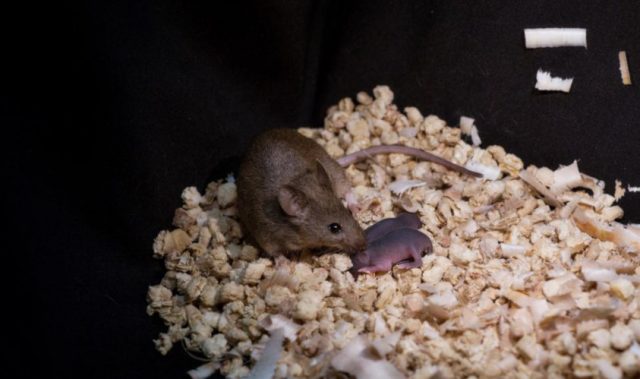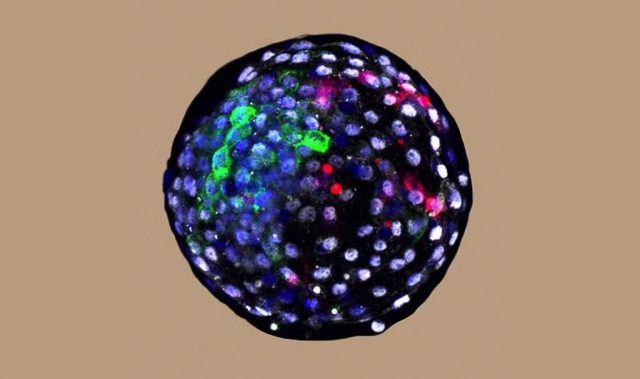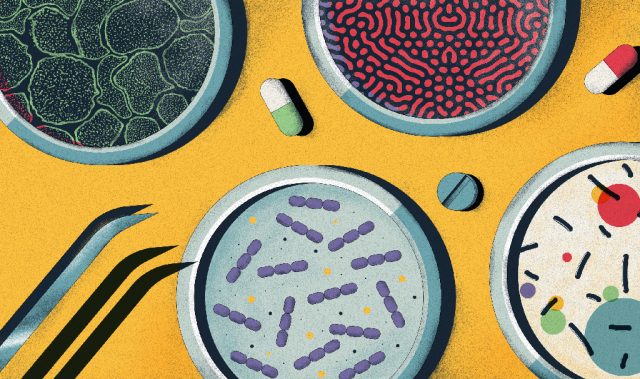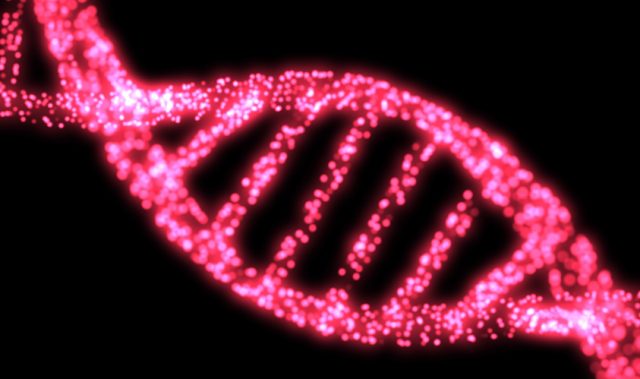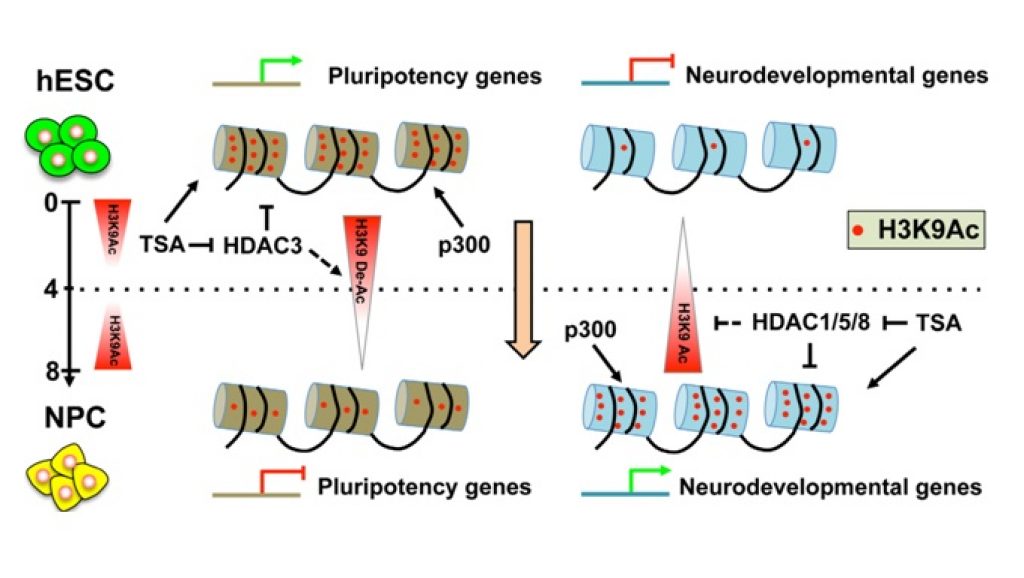
AsianScientist (Jan. 4, 2015) – Depending on the stage of development, acetylation of histone H3 at lysine 9 (H3K9Ac) can either result in pluripotency or neural development, according to a study published in the Journal of Biological Chemistry.
Epigenetic modifications play an important role in the regulation of genes. In particular, H3K9Ac is an epigenetic mark representing transcriptionally active chromatin. However, it remains unclear how H3K9Ac participates in human neural development and neural fate determination.
To investigate the epigenetic mechanisms underlying human neurodevelopment, a team led by Dr. Jing Naihe at the Shanghai Institutes for Biological Sciences, Chinese Academy of Sciences, used human embryonic stem cells to track the role of H3K9Ac in differentiation to neural cells.
The team found that H3K9Ac gradually declines during the first stage (days 0-4) when pluripotency is lost and then increases during neural fate acquisition (days 4-8). Inhibiting H3K9 deacetylation by histone deacetylase inhibitors (HDACi) at the first stage promoted hESC pluripotency and suppressed its neural differentiation. However, HDACi treatment at the second stage had the opposite effect, enhancing neural differentiation and activating multiple neurodevelopmental genes.
ChIP-seq analysis revealed that the H3K9Ac enrichment at several pluripotency genes was decreased and H3K9Ac occupancies at the loci of neurodevelopmental genes increased during hESC neural commitment.
The function of histone deacetylase (HDAC) members was then studied separately. HDAC3 and HDAC1/5/8 were identified to participate in different processes during hESC neural differentiation by interfering with gene-specific histone acetylation patterns. Together, these results suggest that H3K9Ac plays dual roles in hESC pluripotency maintenance and neural differentiation.
The article can be found at: Qiao et al. (2014) Dual Roles of Histone H3 Lysine 9 Acetylation in Human Embryonic Stem Cell Pluripotency and Neural Differentiation.
——–
Source: Shanghai Institutes for Biological Sciences.
Disclaimer: This article does not necessarily reflect the views of AsianScientist or its staff.




